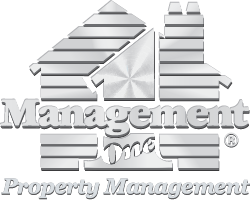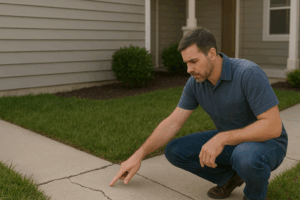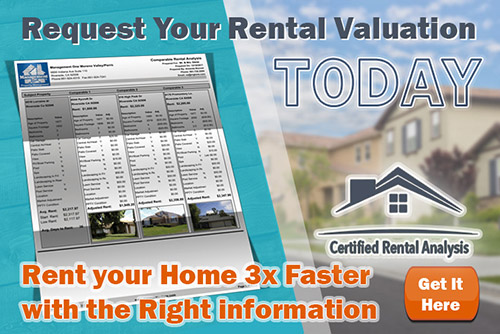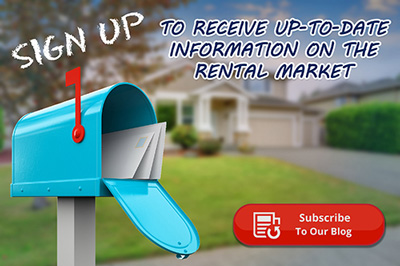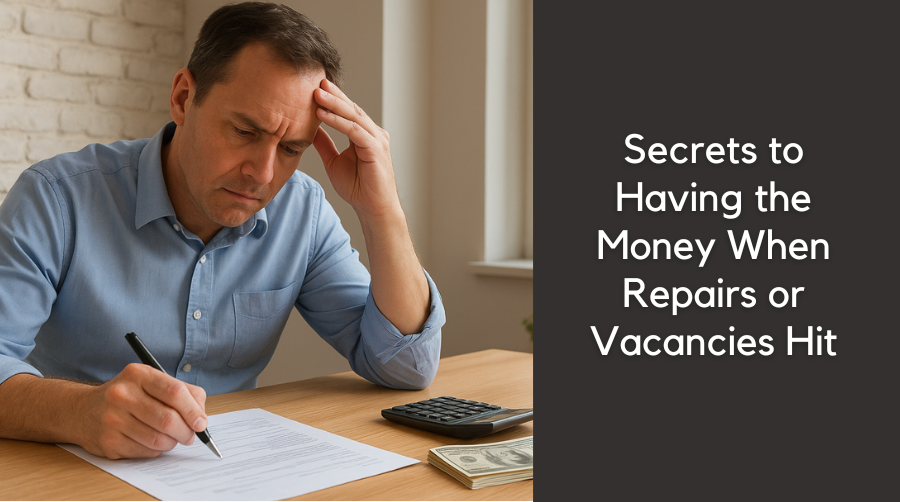
Know The Many Secrets To Having The Money When You Have Major Repairs and Vacancies
For most landlords, property maintenance can be one of the most frustrating aspects of owning a rental property. It’s not just about the hassle of coordinating repairs or scheduling vendors—it’s the financial impact. With rising contractor costs, inflation in materials, and increasing liability risks, maintenance expenses can quickly erode your cash flow if not managed strategically. The key is understanding how to manage these costs wisely and proactively.
The Rising Cost of Repairs
It’s no secret that repair costs have climbed significantly up some 65% in recent years. Labor shortages, supply chain challenges, and overall inflation have all pushed up vendor pricing. A simple plumbing job that might have cost $150 five years ago can easily cost $250 or more today. Roof repairs, appliance replacements, and HVAC servicing have all followed the same upward trend.
This means landlords are faced with a choice: absorb the higher costs, pass them along in rental increases (when legally allowed), or find ways to reduce unnecessary repairs. The reality is, while you can’t control the market, you can control how well your property is cared for and that has a direct impact on long-term expenses.
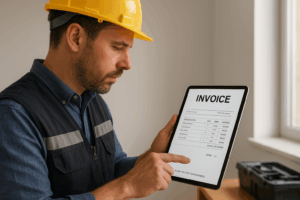
Preventive vs. Reactive Maintenance
One of the biggest mistakes landlords make is waiting until something breaks before addressing it. This reactive approach almost always ends up costing more in the long run.
Take HVAC systems, for example. A routine $125 service call to check the filter, clean the coils, condenser line, and inspect the unit can extend the life of your system by years
and void water intrusion that can cost tens of thousands and possibly a vacancy. While insurance might cover the cost, your premiums will likely skyrocket or your policy will be canceled. Why take the chance?
The same principle applies to plumbing, roofs, and appliances:
· Plumbing: A $200 drain cleaning can prevent a $2,000 flood and drywall repair.
· Roofing: A $350 inspection and roof tune-up can prevent a $15,000 replacement sooner than you want and prevent water intrusion due to water dam
age that I just spoke about above.
· Appliances: Regular servicing keeps them running efficiently and reduces emergency replacements.
Preventive maintenance creates predictability in your expenses, helps avoid costly emergencies, and preserves your property’s value. In contrast, reactive maintenance often involves rush fees, after-hours charges, and higher costs for urgent vendor availability.
Liability Risks of Deferred Maintenance
Beyond financial savings, preventive maintenance also protects landlords from legal and liability issues. Deferred maintenance can quickly become a lawsuit waiting to happen.
For example:
· Roof leaks not only damage ceilings and drywall but can also lead to mold growth, which opens the door to health-related claims from residents. Over the last 4 years, we’ve seen a significant increase in water intrusion due to roof leaks.
Smoke detectors: Failing to regularly test or replace smoke detectors can leave a property owner exposed to serious liability if a fire occurs and safety equipment does not function properly. That’s why, during our annual inspections, we ensure both smoke detectors and carbon monoxide sensors are in good working order.
The importance of this cannot be overstated—according to national fire data, 2,890 lives were lost in residential fires in 2023 alone. Properly maintained safety devices save lives, reduce risk, and protect you as the property owner.
· Trip hazards from cracked sidewalks or broken steps can result in personal injury lawsuits, which are far more expensive than the cost of timely repairs.
In many jurisdictions, including those in Southern California, landlords are legally required to provide safe and habitable housing. Failing to address known issues in a timely manner can be interpreted as negligence, putting your investment at serious risk. We spent four years on one case with an owner; don’t let it be you.
Protecting Your Cash Flow and Investment
The smartest landlords understand that maintenance is not just an expense—it’s an investment in stability, value, and peace of mind. When you view upkeep as part of your long-term financial strategy, you avoid unnecessary surprises, reduce costly emergencies, and protect both your rental income and the property itself. Here are several best practices that successful landlords rely on:
1. Budget for Maintenance Annually
One of the most common mistakes landlords make is treating rental income as “extra cash” without setting aside a reserve for inevitable repairs. Instead, create a dedicated rental property checking account. Deposit all rent into this rental account, and pay all property expenses from it. By doing so, you maintain transparency, simplify accounting at tax time, and ensure you’re financially prepared for maintenance costs. Think of it as future-proofing—stop robbing Peter to pay Paul, and start letting the property pay for itself.
2. Conduct Regular Inspections
Problems left unchecked always cost more in the long run. That’s why annual inspections are highly recommended. Inspections allow you to:
· Identify minor leaks before they turn into water damage.
· Ensure residents are complying with lease terms (yard care, smoke detectors, no unauthorized pets)
· Catch safety issues, like faulty outlets or loose steps, before they create liability. A structured inspection program protects your investment, reduces tenant complaints, and minimizes emergencies.
3. Work with Trusted Vendors
Your property is only as safe and well-maintained as the professionals who service it. Always ensure vendors are licensed, bonded, and insured. Hiring unlicensed contractors might seem cheaper in the moment, but it exposes you to enormous liability if work is done improperly or if an accident occurs on-site. Licensed professionals also understand building codes and safety regulations, ensuring your property remains compliant. Ultimately, using trusted vendors protects not only your property but also your residents and your reputation.
4. Document Everything
Good record-keeping is both a financial tool and a legal shield. Maintain detailed logs of:
· Dates and results of inspections.
· Copies of invoices, receipts, and contractor licenses.
· Notes on conversations with residents regarding repairs.
This documentation does more than help you at tax time—it also provides legal protection if disputes arise. Should a tenant ever claim that maintenance was neglected, your records prove the opposite. It also helps you track spending trends, allowing you to anticipate future expenses more accurately.
Bottom line: Treat maintenance as part of your investment strategy because it is. We have managed thousands of houses over 40 years, and we find that, on average, basic repairs cost around $ 1,500 a year, or $125 a month. And when you have a vacancy that can run in the thousands between repairs, no rent coming in, Landlords should allocate $200 a month minimum to budget for this.
